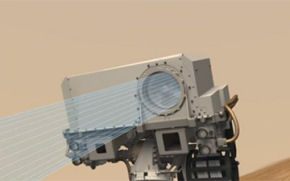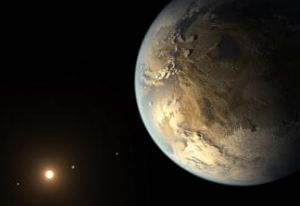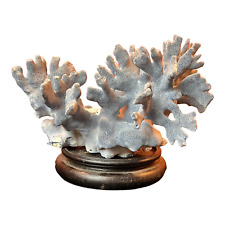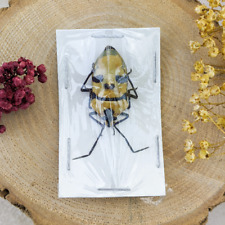
The rover Curiosity has zapped a fist-sized Martian rock with its laser, producing a cloud of ionized plasma that will be analyzed by Curiosity’s spectrometers.
The rock – christened “Coronation” by NASA scientists – was subjected to 30 laser pulses over 10-second period. Each laser pulse delivers more than a million watts of power for about five one-billionths of a second. The tell-tale colors in the resultant rock plasma were captured by the rover’s ChemCam camera and will be analyzed by the on-board spectrometers.

ChemCam Deputy Project Scientist Sylvestre Maurice added that the results from the test were better than expected. “It’s surprising that the data are even better than we ever had during tests on Earth, in signal-to-noise ratio,” he noted. “It’s so rich, we can expect great science from investigating what might be thousands of targets with ChemCam in the next two years.”
The researchers will now check whether the composition of the rock plasma changed as the laser pulses progressed. If it did change, that could indicate dust or other surface material being penetrated to reveal different composition beneath the surface.
Related:
Discuss this article in our forum
First 3-D images from Curiosity
Orbiter captures Curiosity’s descent
Curiosity Live: countdown to Mars landing


















Comments are closed.